Blade Runner 2049 ★★★
The new Blade Runner doesn’t surpass the original, contra some breathless early reviews, but what could? Ridley Scott’s 1982 classic is a remarkable feat of design, the perfect vehicle for a director who received his training at the Royal College of Art, and a streamlined thriller with existential heft. It features a haunting score from synthesizer maestro Vangelis and a transcendently odd and charismatic performance from Dutchman Rutger Hauer as the heavy. The film’s combination of gumshoe-noir and sci-fi felt new, a punk vision of a night-time Los Angeles lit up by flaming oil stacks, with zeppelins overhead blaring infomercials in Chinese. It is the rare piece of speculative futurism that feels ageless.
The sequel, directed by Canadian Denis Villeneuve (Sicario [2015] and Arrival [2016]) might be set in the future, but if feels very much of the now. The film’s length – a bladder-testing 146 minutes – and needlessly convoluted plotting reflect the blockbuster moment. The original film’s screenwriter, Hampton Fancher, has been joined by Michael Green, of Green Lantern (2011), Logan (2017), and Alien Covenant (2017). The studio’s marketing push has been careful to keep a lid on the film’s secrets, and the media screening I attended was preceded by a personal message from Villeneuve himself, imploring us to refrain from spoilers. Like so many recent revivals, Blade Runner 2049 is a film whose narrative reversals seem half the point, one which trades on references to a beloved earlier work, only some of which move the new story forward. But 2049 neatly embeds that tension in its story, which is about memory itself – its consolations as well as disappointments.
Continue reading for only $10 per month. Subscribe and gain full access to Australian Book Review. Already a subscriber? Sign in. If you need assistance, feel free to contact us.



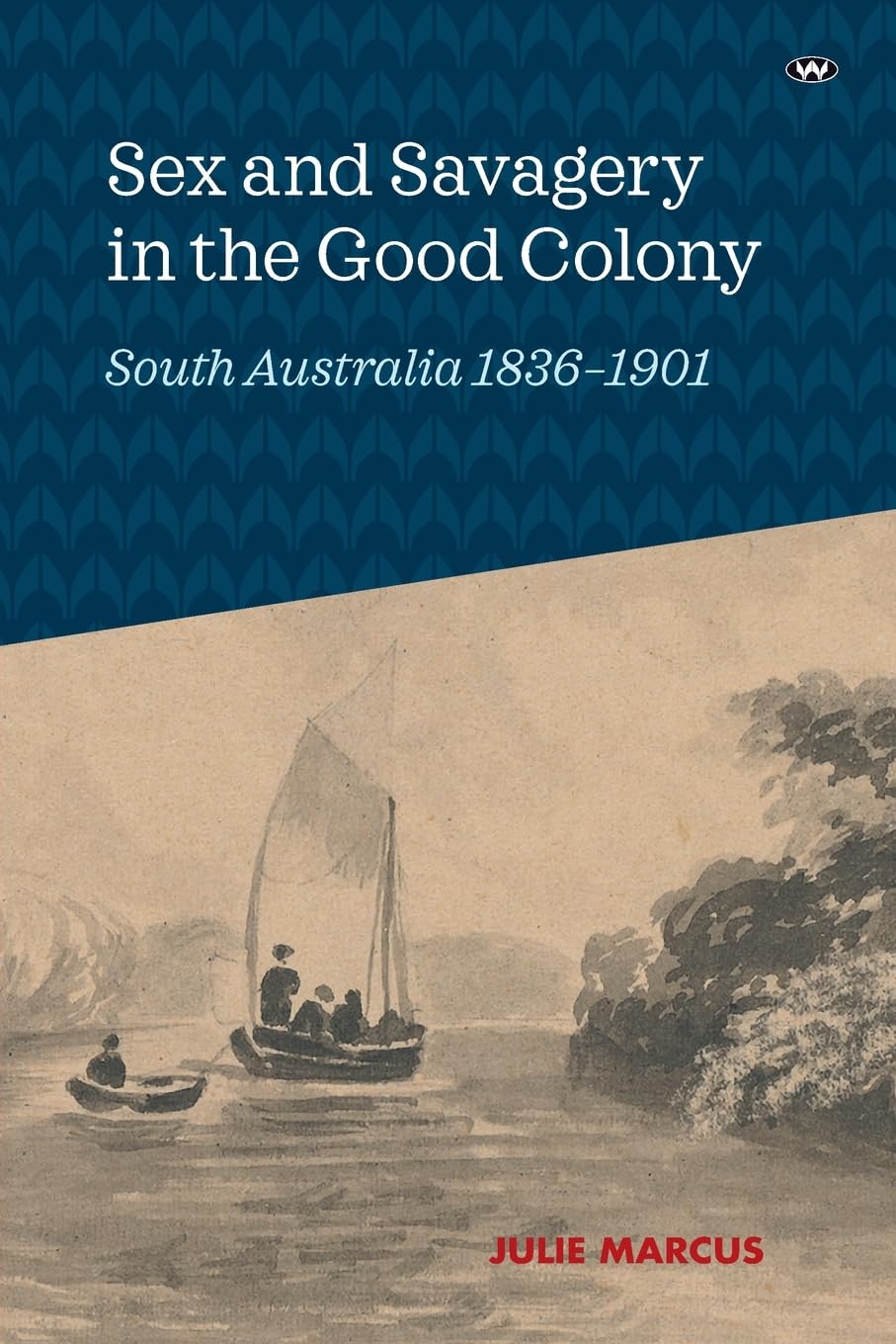
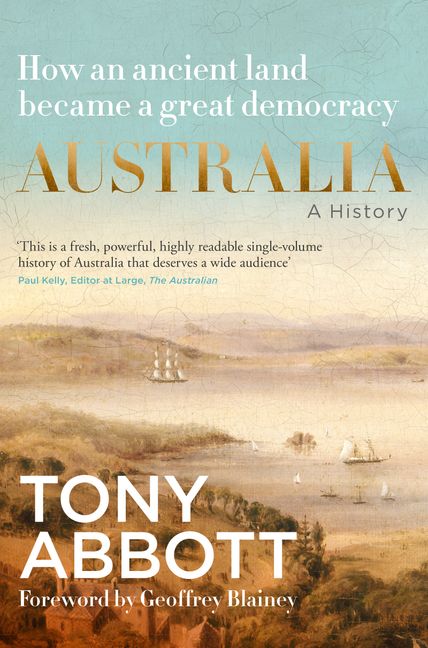
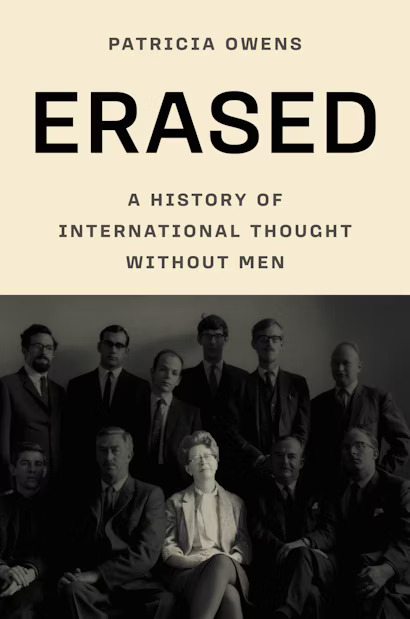
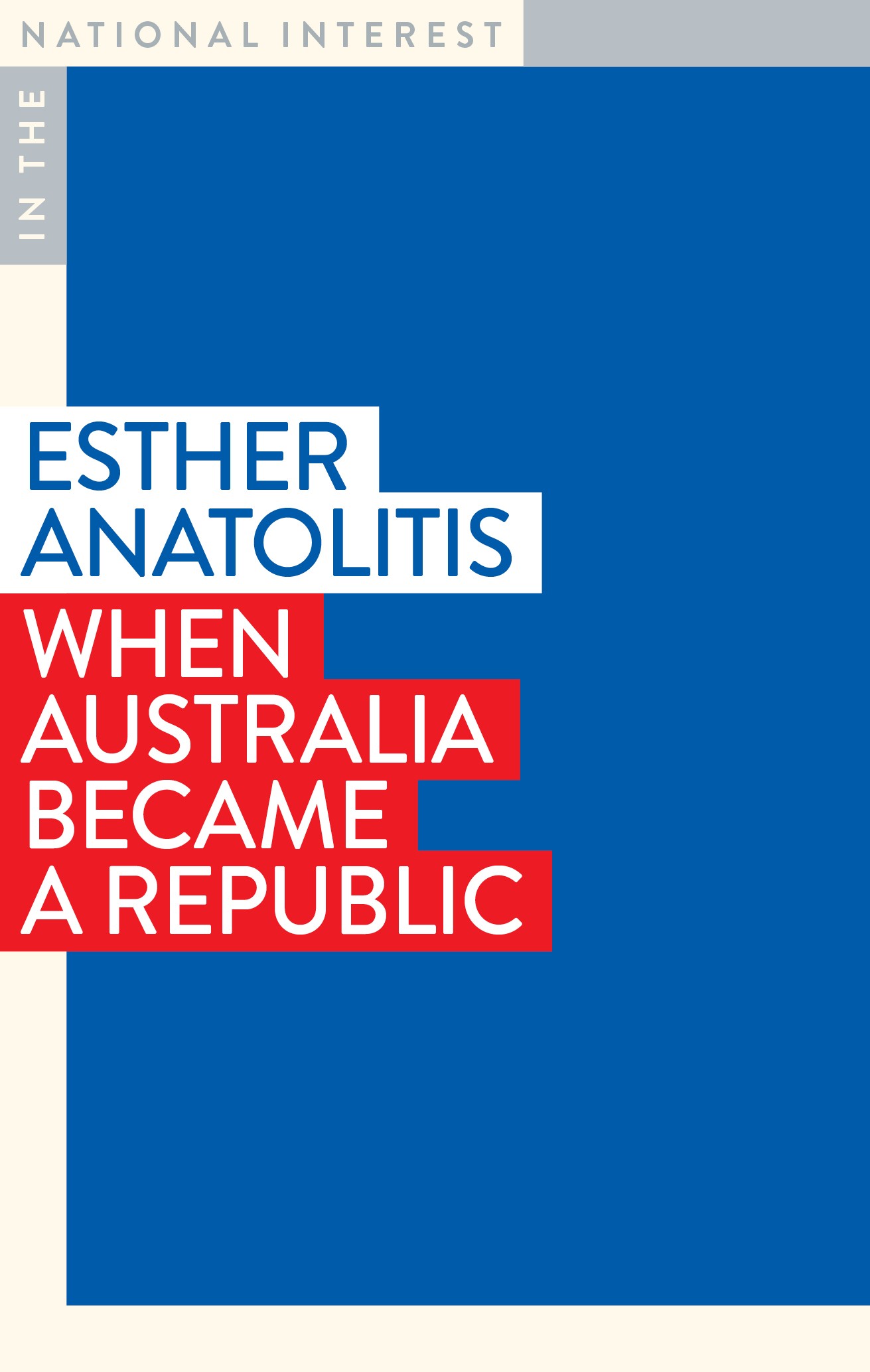
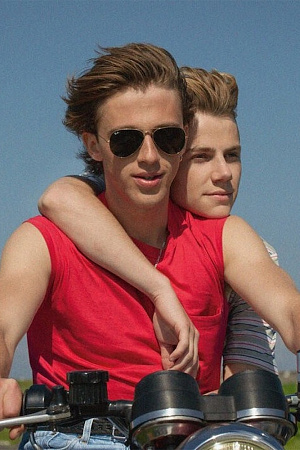
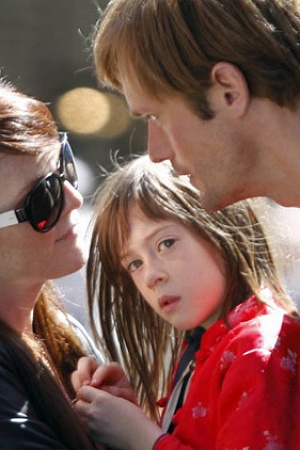
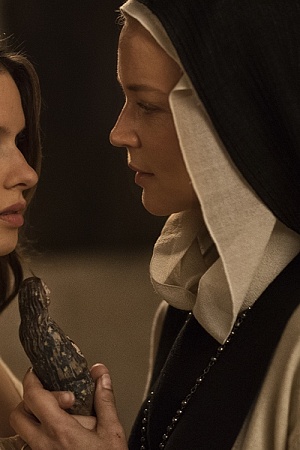
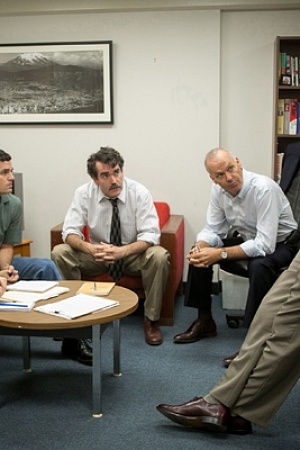
Leave a comment
If you are an ABR subscriber, you will need to sign in to post a comment.
If you have forgotten your sign in details, or if you receive an error message when trying to submit your comment, please email your comment (and the name of the article to which it relates) to ABR Comments. We will review your comment and, subject to approval, we will post it under your name.
Please note that all comments must be approved by ABR and comply with our Terms & Conditions.